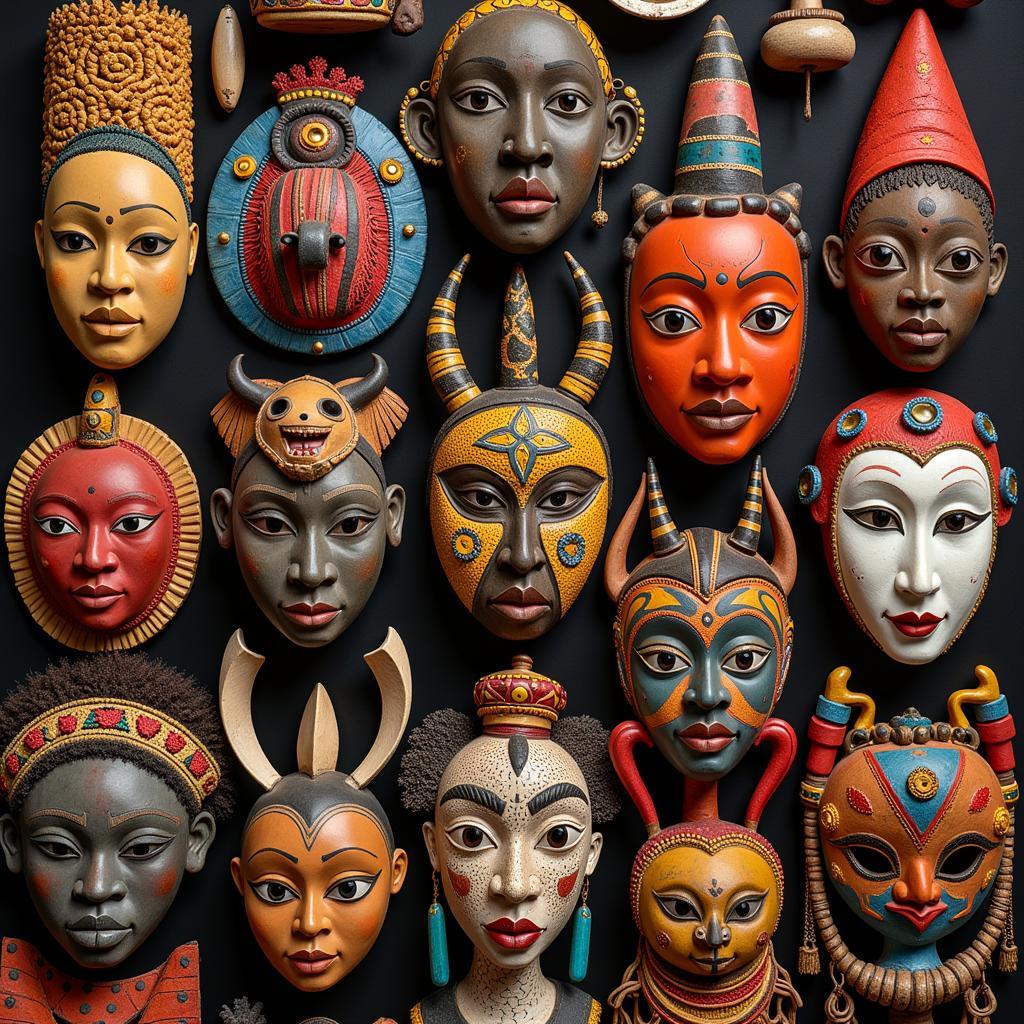African Lip Plates: A Cultural and Historical Exploration
African Lip Plates, also known as lip discs or lip plugs, are a captivating and often misunderstood aspect of certain African cultures. These intricate adornments, usually crafted from clay, wood, or ivory, are a testament to the diverse and fascinating traditions that have shaped the continent’s history. While they have garnered significant attention in the global stage, it is crucial to approach the topic with sensitivity and respect for the cultural contexts in which they originated.
This article delves into the fascinating world of African lip plates, exploring their history, cultural significance, and the various interpretations that surround them. We will examine the different communities and regions where they were traditionally worn, the reasons behind their use, and the enduring impact they have had on both African and global perspectives.
The Origins of African Lip Plates
The practice of lip plate modification is deeply rooted in the history of several African cultures, primarily among the Mursi, Surma, and Bodi people of Ethiopia and South Sudan. It is believed to have originated as a way of distinguishing oneself within a community or tribe, signifying status, beauty, and even eligibility for marriage.
“In many cultures, lip plates are seen as a symbol of womanhood and maturity, marking a transition from childhood to adulthood.” – Dr. Amani Kamau, Anthropologist
Cultural Significance and Symbolism
The meaning of lip plates varies across different communities. In some cultures, they are viewed as a symbol of beauty and feminine allure. Others see them as markers of social status and wealth, with larger plates indicating higher social standing. The size and shape of the plates can also be indicative of the individual’s tribe or ethnic group.
The Role of Lip Plates in Mursi Culture
Among the Mursi people of Ethiopia, lip plates are a central element of female adornment. The practice involves stretching the lower lip by inserting a small piece of wood or clay. As the girl grows, the plate is gradually replaced with larger ones.
“Lip plates represent strength and resilience among the Mursi women. They are a source of pride and symbolize the endurance of their culture.” – Dr. Tumaini Mwakilishi, Cultural Historian
Lip Plates and Social Identity
Lip plates are also used to distinguish individuals and tribes within specific regions of Africa. The size, shape, and ornamentation of the plates can be specific to certain communities, acting as visual indicators of their identity. This practice reinforces tribal cohesion and strengthens cultural bonds.
Modern Interpretations and Controversies
In recent years, African lip plates have become increasingly visible on a global stage, often appearing in fashion, art, and media. While this exposure can help to raise awareness of diverse African cultures, it also raises concerns about cultural appropriation and the potential for misunderstanding.
It is important to recognize that lip plates are not simply accessories. They are deeply embedded in the traditions and belief systems of specific African cultures. Using them without understanding their historical context and cultural significance can be disrespectful and potentially harmful.
Beyond the Aesthetics: A Deeper Look
When exploring African lip plates, it’s crucial to move beyond the visual and delve into the social, historical, and cultural nuances they embody. Understanding the motivations, beliefs, and rituals surrounding their use is essential for appreciating their true significance.
Conclusion
African lip plates are a fascinating and complex aspect of African cultural heritage. They represent a unique and enduring tradition that has shaped the identities and histories of numerous communities. As we learn more about these remarkable adornments, it’s essential to do so with respect, sensitivity, and a commitment to understanding the rich tapestry of African culture.
FAQs:
- Are lip plates still used in Africa today? Yes, lip plates are still used in some communities, though their practice has diminished in recent years due to modern influences.
- What are the health risks associated with wearing lip plates? Stretching the lip can cause discomfort, infection, and in some cases, permanent damage.
- Is it appropriate for non-African individuals to wear lip plates? It is generally considered inappropriate and disrespectful to wear lip plates unless you are of the culture where they originate.
- How can I learn more about African lip plates? You can find information through books, documentaries, and online resources. Be sure to consult reputable sources and be mindful of cultural sensitivity.
- Are there any museums or cultural centers that showcase African lip plates? Yes, several museums around the world feature exhibits on African art and culture, including those showcasing lip plates.


